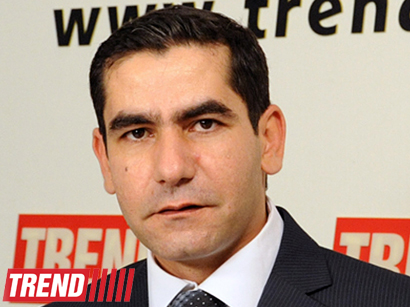By Dalga Khatinoglu
Iranian government undertakes about $80 billion energy subsidy annually, more than the country's total exports.
However, the figures on Iran next fiscal year's budget, which will begin on March 2015, indicate almost no change in energy prices compared to the current level.
The Iranian government has increased the energy carriers prices twice since 2010 based on implementation of a Subsidy Reform plan, but cheap energy still motivates people to consume more energy.
|
Energy carrier |
USD current exchange rate: 35,400 rials |
Global prices (NYMEX-2014/2015) |
Consumption Per day |
|
A cm of gas |
2.8 cent |
11 to 16 cent |
500 to 520 mcm |
|
A liter of gasoline |
28.6 cent |
57 to 75 cent |
67 million liter |
|
A liter of LPG |
6.26 cent |
21 to 37 cent |
5,500 tons |
|
A liter of diesel |
13.43 cent |
67 to 78 cent |
100 to 105 million liters |
|
A liter of Kerosene |
4.47 cent |
48 to 64 cent |
8 million liters |
|
A cm of CNG |
16.53 cent |
27 cent |
18 mcm |
|
Electricity KWh |
1.3 cent |
16.37 cent |
200 terawatt hours |

Iranian Oil Minister Bijan Namdar Zanganeh said on June 24 that currently over $90 billon worth of fuels are being consumed in Iran, while the government pays $80 billion of the mentioned figure as subsides.
The mentioned huge energy costs for a country with a $366.2 billion worth GDP is very high.
coming to the country's power sector, the situation is even worse than other sectors.
Thermal power plants share about 85 percent in the country's 263 billion KWh-electricity production. Iran exported about $800 million worth of electricity during the last year, while the domestic consumption was 203 billion KWh. Iranian government's incomes from this volume was about $3 billion. In the other world, Iran's total power consumption and exports revenues was less than $4 billion, while the country used 36 billion cubic meters of gas, as well as 28 billion liters of liquid fuels (diesel and fuel oil) to produce 263 billion Kwh electricity.
The cost of used fuels in power sector during last year is estimated to be around $45 billion.
On the other hand the efficiency of Iran's thermal power plants is about 37 percent, causes huge amount of lost in converting fossil energy carriers to the electricity.
It seems Iranian government which recently came out from stagnation and high inflation, doest intend to increase energy prices until near future.
Iran's GDP growth reached 4 percent during the first half of current fiscal year, after a 8.7-percent contraction during last two years. On the other hand, the inflation rate has decreased from above 36 percent to below 18 percent since mid-2013.
the situation mentioned above is only whose which are related to final energy consumption, but Iran has a huge amount of energy lost.
The country's primary energy usage is about 1.4 billion barrels of oil equivalent (OE) per annum, of which about 25 percent is lost before reaching consumers. Annually about 400 billion barrels of OE is waste in the country.
On the other hand, Iran's national currency has dropped in value by 3.5 times since 2010.
Each US dollar was sold about 10,000 rials in open market in late 2010, but currently is sold at 35,400 rials. Then dropping the currency's national currency in value has filled the gap between energy prices in 2010 and 2014.
Iranian government also undertook depositing about $13 to each Iranian citizens bank account monthly as a compensation for rising fuel prices, which costs $14 billion based on official USD rate ((Each USD: 28,500 rials).
Dalga Khatinoglu is an expert on Iran's energy sector, head of Trend Agency's Iran news service
Follow him on @dalgakhatinoglu






